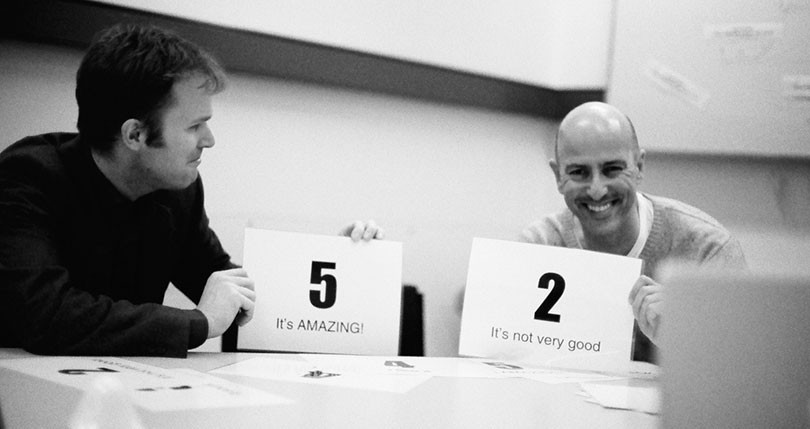9 Fascinating Facts About Performance Reviews
You may have heard about Microsoft abandoning its controversial “stack ranking” method of evaluating employees. It forced managers to stack employees in terms of “high,” “middle” and “low” performers during annual reviews. Around the same time, Yahoo made news for adopting ranking employees on a curve.
All in all, it seems that companies aren’t quite sure how to rate the performance of their employees and the whole processes has gone through many iterations.
To see just how many, and learn a few interesting facts about how tough picking a good performance review process is, read on:
1. Government paved the way.
The U.S. government set the stage for the common practice of annually reviewing employees when it passed the Performance Rating act in 1950, which mandated that all federal workers be given one of three ratings, outstanding, satisfactory and unsatisfactory, and instituted a top-down approach to management.
2. Goal oriented reviews emerged in the 1960s.
In the 1960s the belief that employees should be evaluated based on their ability to reach “pre-set goals” became widespread. This idea, called “Management by Objective” (MB0) had employees and their managers sit down and set goals together at the beginning of the year, and then the worker would be evaluated at the end of the year based on whether they had met their objectives.
3. Stack ranking began at General Electric.
Thanks to famed CEO Jack Welch from GE, stack ranking, was first instituted in 1980, giving rise to the concept of “rank-and-yank,” where the lowest ranked 10% of employees were routinely removed from the staff, to make way for new, and hopefully better performing candidates.
4. Forced ranking still prevalent, but popularity is waning.
Despite the fact that stack ranking is widely criticized for polarizing employees who need to compete amongst each other for the top percentage spots, and also because it forces managers to select low performers when there may not be any, the practice is still used by large corporations today, including Yahoo, Intel, Amazon, and IBM.
Implemented by 40% of companies in 2009, today Stack Ranking is only practiced by 14%.
5. The “360 feedback review” dominates today.
Whether a corporation is practicing “stack ranking” or not, it’s typically no longer just the manager who’s creating the content used to evaluate an employee.
Popularized in the 1990’s, and now used in most corporations, the 360-feedback review draws from a wealth of sources, including self-ratings, peer reviews, client feedback, upward assessments and the opinions of immediate supervisors.
Since feedback is sought from a range of sources, it's believed to be the best way to get a clear picture of someone’s performance. However, since an employee is often evaluated by a range of people who don’t know them very well, the information can be widely inaccurate.
6. Peer reviews are more heavily weighted at some companies.
Some corporations invest more heavily in what peer employees have to say about how their coworkers perform. At Google, for example, many employees report that you won’t get a promotion on the basis of your manager’s recommendation alone, unless several of your peers are also vouching for your abilities at the same time.
7. Ongoing reviews are gaining favor.
Before Microsoft dumped stack-ranking last November, Adobe did so in early 2012, and adopted a new model, called “Check-in,” where managers and employees meet regularly to discuss new goals and objectives, rather than waiting until the end of the year.
This has helped keep employee morale up, according to employees, and eliminated the competitive, edgy quality that dogs environments where yearly assessments and stack ranking takes place.
8. Social reviews may soon become the new norm.
Now that social media is becoming a dominant mode of communication, many people believe that social will play a large part in employee reviews of the future, where companies take into account random blind unsolicited reviews from a wealth of resources, similar to Yelp, in order to evaluate an employee.
Currently some companies, such as Amazon, do accept random blind reviews from employees about their coworkers. But since these reviews are sent to your manager, you likely will never find out about them, and many argue the process should become more transparent, before it’s widely adopted.
9. Across the board reviews are uniformly unpopular.
Not matter what type of business you work in, chances are you’re not in love with the current review process. In a recent survey, 77% of HR executives are dissatisfied with how their company performs employee evaluations. So whether or not your company is considering making a change, it might be a good time to start exploring.
* image by Bob MacCallum
Topics: Recruiting tips
Related articles




